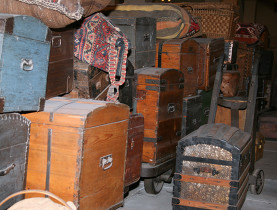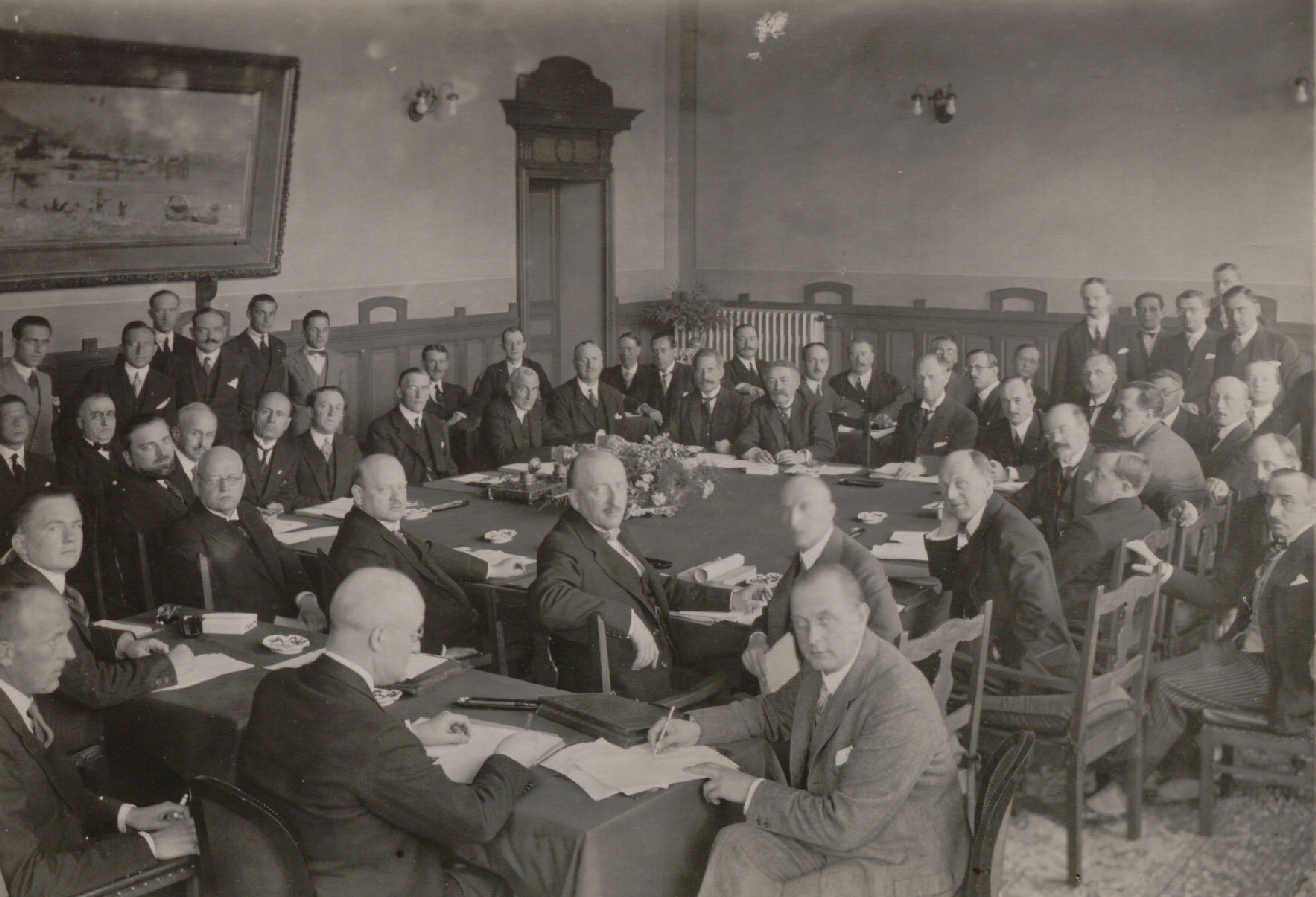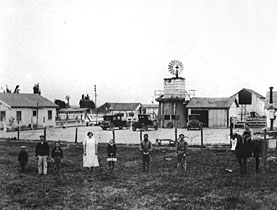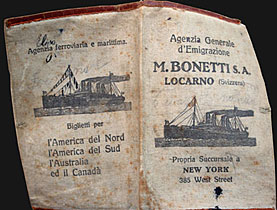
When the Swiss made America

A record number of Swiss joined the huge emigration waves to the United States in the 1880s. This influx would change American attitudes toward immigration for good.
In that decade nearly 82,000 Swiss packed their bags, travelled overland to ports such as Hamburg and Le Havre and boarded steamships for America.
The number of Swiss emigrating to the US in the 1880s equalled the total amount over the previous 70 years. The Swiss joined a wave that counted nearly five million Europeans, more than double the figure of the previous decade.
It was a time of great upheaval. The world was coming out of a long economic depression, and there was social and political tension in Europe brought on by the second industrial revolution and population explosion. Between 1870 and 1914, Switzerland’s population surged from 2.65 to nearly four million.
America proved to be a welcome outlet, with transatlantic emigration facilitated by much faster and cheaper transport – from railways to ocean-going steamships.
“Industrialisation was becoming massive and Americans were desperate to get labourers, and the prairie states were opened up to farming. So free farmland was available to settlers who would agree to live three years on the land,” explained Barry Moreno.
Moreno is a historian and librarian at Ellis Island in New York, a former immigrant processing centre that has been transformed into a museum dedicated to American immigration history.
But Ellis Island only opened for business in 1892 in response to the overwhelming number of new arrivals of the 1880s.
Ill prepared
According to Moreno, the US authorities had encouraged large-scale immigration but were ill prepared to handle such a big wave – a surge that for the first time included not only northern Europeans but many from southern and eastern parts of the old world.
It led to a backlash, and the first calls to limit immigration based on nationality. And there was already a precedent. The Chinese Exclusion Act was introduced in 1882 to stem the tide of immigrants from China arriving on the west coast.
“Americans were suspicious because so many southern Italians, Greeks and Slavic peoples like Poles and Jews were coming,” Moreno told swissinfo.
“Many Americans thought these people were the inferior dregs of Europe. And they resented their immigration.”
The Swiss, on the other hand, were still welcome.
Welcome Swiss
US immigration records show that even though most arrivals from Switzerland could only afford third-class ship passage, they had more cash to kick-start their new lives. They also travelled with their families, another sign of greater means than the typical southern European émigré who travelled alone with only a handful of near worthless drachma or lira.
Before Ellis Island opened, new arrivals were processed at a landing depot in Battery Park known at the time as Castle Garden.
The Swiss arrivals, whether German, French or Italian speaking, would have been assisted by a clerk speaking his or her language, or even dialect. Their names and particulars were recorded, checked against the ship’s passenger list, before they were helped on their way.
Free farmland
Most Swiss went west to take advantage of the free farmland, and to join communities where Swiss before them had settled – in California – or in some cases founded, like New Glarus in Wisconsin.
“They would help you get farmland or open shops and businesses and people would join Swiss social clubs,” Moreno added. “There were churches that were run by Swiss.”
Arguably, the times would never be so good again.
The US authorities created the Federal Bureau of Immigration, closed Castle Garden in 1890 and opened Ellis Island two years later. The new department’s aim was to weed out and expel undesirable immigrants.
Medical examinations were introduced, and a hospital built on the island to keep sick immigrants in isolation.
In the end, Ellis Island officials did not turn many arrivals away, but the new procedures did act as a deterrent, although it was just one small factor in the much lower arrival numbers of the 1890s.
There were about 1.2 million fewer European arrivals in this decade, and the Swiss figure dropped to just over 30,000.
But this was only the calm before the storm. While immigration from Switzerland would remain stable and eventually tail off, the US – with Ellis Island as its main gateway – would be confronted with an even larger influx.
More than eight million Europeans would come knocking in the first decade of the new century.
Figures – Swiss arrivals in US, 1820 (start of US records) to 1950
1820-50: 12,722
1851-60: 25,011
1861-70: 23,286
1871-80: 28,293
1881-90: 81,988
1891-00: 31,179
1901-10: 34,922
1911-20: 23,091
1921-30: 29,676
1931-40: 5,512
1941-50: 10,547

In compliance with the JTI standards
More: SWI swissinfo.ch certified by the Journalism Trust Initiative












































You can find an overview of ongoing debates with our journalists here . Please join us!
If you want to start a conversation about a topic raised in this article or want to report factual errors, email us at english@swissinfo.ch.